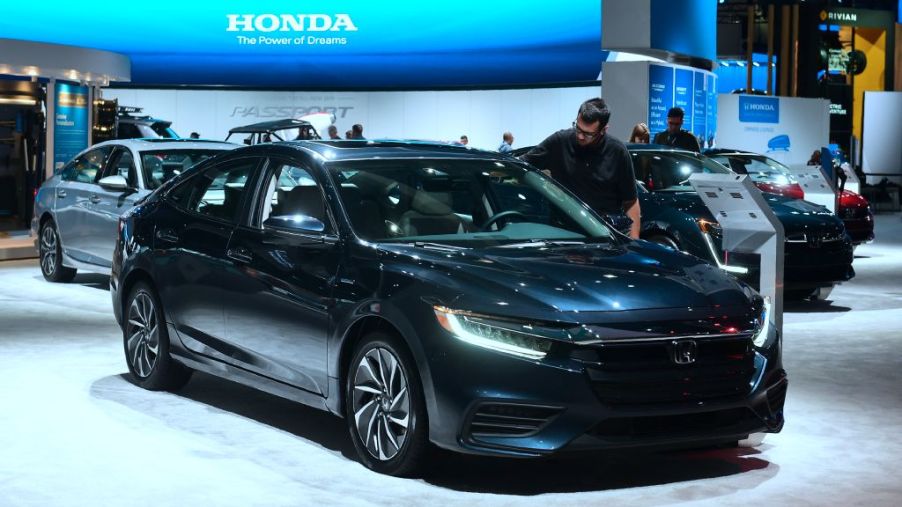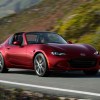
How Did the Honda Insight Hold up in MotorTrend’s Long Term Review?
The 2019 Honda Insight is a massive improvement from the 2014 model. The company recently announced it was slowing its sedan production, but the latest Insight was apparently good enough to make the cut. It has an updated exterior design, better interior materials, a larger trunk, and one of the most impressive fuel economy ratings of any hybrid-electric car.
The specifications may be impressive, but how well does it hold up after a few thousand miles? Motortrend recently posted a review about the loaner 2019 Insight after seven months of test-driving it. Is it a suitable challenger to other popular hybrids?
What’s new for this model
One of the biggest complaints of the last model was its low-budget interior materials. The base 2019 Insight’s seats are made with standard cloth, with leather available. The seats themselves are comfortable and roomy. It also comes with more standard safety features than its previous model.
The 2019 Insight got the HondaSensing upgrade, which includes lane-keeping and departure assistance, cruise control, drowsiness monitoring, collision warning, and traffic sign recognition. Its standard infotainment only includes Siri Eyes Free, Bluetooth, and a six-speaker audio system. A host of other features are available as upgrades. Users reported the infotainment screen was highly responsive and easy to use.
Under the hood, the Honda Insight has a newer, more fuel-efficient engine. It has an electric motor along with a four-cylinder 1.5-liter engine capable of 151 hp and 197 lb-ft of torque. Its electric CVT handles very well. And a regenerative braking system offers improved driving range and fuel economy. Drivers can expect to save a lot on gas with the 2019 Insight; it has a score of 55 MPG on city roads and 49 MPG on the highway.
What the study found
Motortrend primarily focused on the Honda Insight’s safety features. Many car manufacturers want to produce fully self-driving cars. Technological upgrades, particularly safety features, are key to making this a reality. Motortrend staff found that the HondaSensing suite was very functional for the most part, but they did find a few issues.
The adaptive cruise control had a slower response time when there were no vehicles in the immediate vicinity of the Insight. When it wasn’t tracking a vehicle in front of it, the Insight sped up, which could be potentially dangerous when making turns. The lane-keeping assist helps the car stay on the road, but drivers should remember to always pay attention even when cruise control is activated.
While some consumers were concerned that the e-CVT would be too noisy, Motortrend reported it wasn’t much of an issue. It was completely silent when driving in electric-only mode. However, the climate control fan was louder than expected and a strange noise from the motor-generator started after 4,000 miles. The Motortrend staff has promised to report back after a service appointment.
How it measures up to the Prius
The Insight’s biggest competitor is the Toyota Prius. The two cars are very similar, with a few notable differences. The Prius has the same excellent fuel economy ratings, especially if purchased with the nickel-plated battery option. However, its engine has a lower acceleration rate. Testers found the Prius could go from 0 to 60 in 9.8 seconds, while the Honda Insight was 2.5 seconds faster. They also reported that the Insight has better braking power than the Prius.
Whatever your preference, the Insight and the Prius are both expected to be very reliable over time. The engines deliver good power, and the safety features function well, giving drivers a safe and fun ride.



